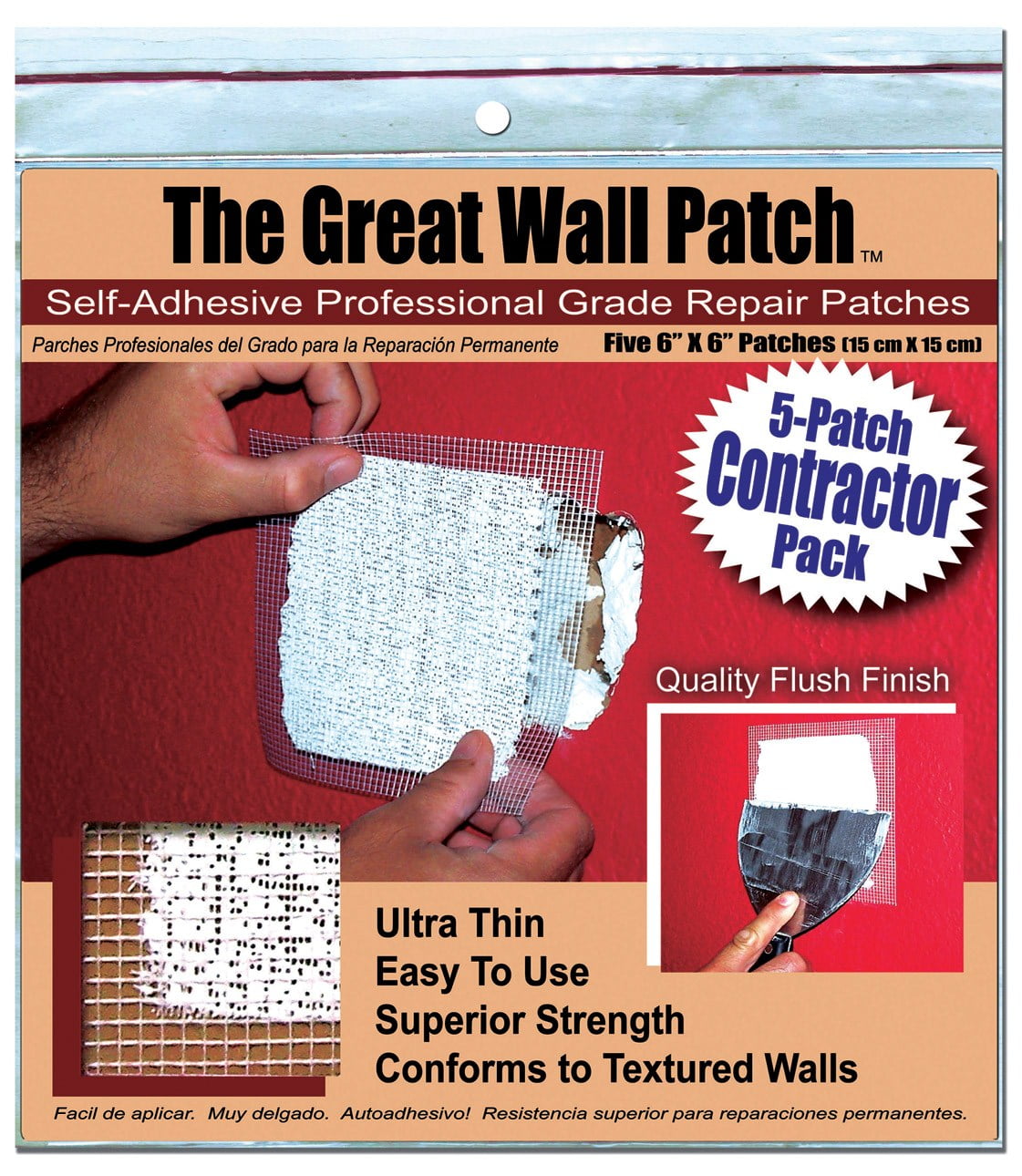
For water-based spackles, use a water-based primer. With this in mind, one should prime spackle before painting it. Once dry, spackle is porous, causing it to suck up the moisture in paint, which may hurt the paint’s ability to cover. The spackle must be able to expand and contract with those surfaces to prevent cracking and chipping. Drywall is a stable surface that is not affected by changing temperatures, whereas brick, concrete, and other masonry expand and contract with temperature changes. Drywall spackle is typically not as flexible as vinyl and acrylic spackle types that are designed for masonry.

Flexibilityįlexibility is a crucial characteristic of spackling, depending on the type of material the spackle is covering. Humid conditions and temperatures below 40 degrees will extend the necessary drying time. Keep in mind that temperature and humidity can affect the drying process. Heavier vinyl and acrylic spackles, by comparison, can take from 1 to 5 hours to dry, depending on how thick the repair is. Some lightweight spackles turn from pink to white as they dry, making it easier to identify when the spackle is ready for sanding and painting. Lightweight spackles typically have shorter dry times, with many ready to receive paint just 30 minutes after application. Spackles with quick dry times allow the user to get on to the main job of painting sooner. Drying Timeĭrying time is an essential aspect of spackling, as it typically precedes a paint job.

Spackles designed for plaster, in comparison, will have a smoother finish that matches the texture of plaster walls. Drywall spackle will dry to a rougher textured finish that blends better with the drywall surface once the repair and painting are complete. Choose a texture that best matches the material of the wall. Spackle comes in two types of finishes: textured and smooth. Standard and vinyl spackles are best suited for this type of repair. Larger holes of an inch or more in diameter require the use of a mesh patch.
#Plaster wall patch no shrinking series#
Filling these larger holes usually requires the user to apply a series of layers, allowing each layer to dry between applications. While lightweight spackles are best suited to small nail holes and gouges of ¼ inch or less, standard spackles and heavier spackling compounds can cover gaps and depths of up to ¾ inch. This is crucial to ensuring that the repair holds up once the spackle is dry. While not all manufacturers list the size of the repair the spackle can handle, knowing the type of spackle will give a good indication of what kinds of repairs it will cover.
#Plaster wall patch no shrinking crack#
It does not shrink or crack as it dries and can be applied in layers to handle damage up to ¾ of an inch thick.ĭifferent spackles are capable of covering different size holes and gashes. It’s flexible, making it suitable for repairs to drywall, brick, wood, plaster, and even stone. Acrylic: Like vinyl, acrylic is ideal for bigger holes and gouges on the interior or exterior of the home.Epoxy is also oil based, which gives it water-resistant qualities that make it better suited than other spackles for outdoor applications. Like epoxy adhesives, epoxy spackle comes in two separate bottles-a resin and a hardener-which one must mix just before use.




 0 kommentar(er)
0 kommentar(er)
